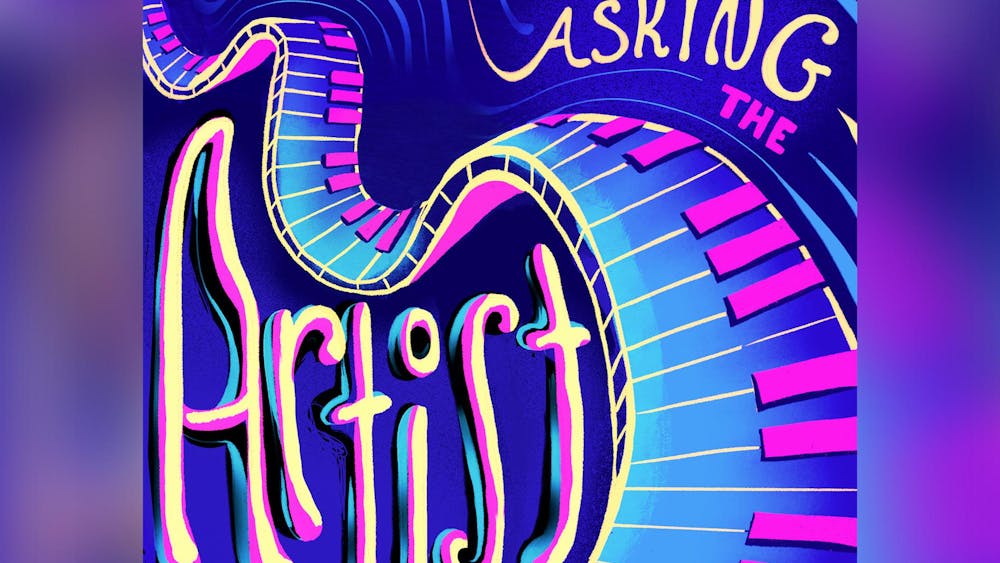From New York City streets to galleries and museums across Europe, the Spring 2016 Ready-to-Wear runway collections integrated statements about the societal role of women into fashion during their Fashion Week debuts.
Though designers heavily used muted tones unusual for the spring season, their fashions depicted different ideas about women’s place in society historically, in the present and in the future.
One week before New York Fashion Week began, Vogue launched Vogue Runway, an app and website with full coverage on live and past runway shows — as far back as fall 1991 RTW — taking over the previous runway-coverage dominator Style.com.
Runway shows are about more than next season’s colors, fabrics, styles and fits.
Designers have visions of their looks, their models and beauty regimes that go behind faces. They consider who will sit front row and who the official photographer will be. Then there’s the set-up of the room where the world will see, for the first time, what will lay on racks in boutiques and departments in the future.
Designers portray these visions when they allude to messages and social issues in their collections.
This season, Erdem, a British fashion house, referenced Abraham Lincoln’s 1962 Homestead Act, which permitted single women and widows to purchase their own plots of land for the first time.
Erdem’s delicate chiffons and embroidered pink and white flowers emulate the Victoriana look of the women of the ’60s; like many of his collections, Erdem hints at stories of troubled women and females’ hardships.
According to an interview with Vanity Fair, Kanye West’s Yeezy Season 2 arrayed monochromes to represent his idea that “palettes of people work together,” no matter their color or where they come from.
Some of the most interesting looks of the spring 2016 season were shown on runways in the following collections:
New York (Sept. 10-17): Diane von Furstenberg’s Fortvna collection personifies the Roman goddess of luck, Fortuna, the subject of von Furstenberg’s first painting.
Models walked the runway in soft pinks, brushed metallics, silk and sheer garments. Their hair was styled with a flower above their left ear — just as von Furstenberg wore her own hair as a young girl.
“She redefines beauty and paints her own destiny,” the program read, according to Vogue Runway.
This statement alludes to Fortuna’s portrayal in Roman mythology, as well as von Furstenberg’s: “The Woman I Wanted to Be” a message von Furstenberg conveys in her book about her life as a modern princess, mother, philanthropist and designer.
London (Sept. 18-22): Burberry Prorsum’s iconic vision is moving toward the future.
CEO and Creative Director Christopher Bailey worked with Apple Music to bring an English channel to the program featuring British artists Clare Maguire and Keane.
His show spoke of the future of music. Alison Moyet performed a concert as models wore looks with neutral jackets and meshed fragments.
A futuristic notion by the designer was his seasonal blending. He mixed slips with mink coats and introduced light-weight trenches — a smart move in a global market.
Milan (Sept. 23-29): Donatella Versace nodded at the “everyday woman,” parading battles they have endured through decades of inequality, insecurity and ill-treatment.
The spring 2016 collection features army-green apparel and leather shoes, perhaps emulating these battles of hardship.
A variety of the ensembles include a thick, waist-cinching belt, as if alluding to the grip of societal expectations women have felt surrounding themselves physically and metaphorically.
It’s about societal pressures to be thin, tall and beautiful, which have rendered women of the past immobile in society.
In this collection, Versace celebrates normalcy by dressing functional, everyday clothes for women of every size, shape and age.
Paris (Sept. 29-Oct. 6): Saint Laurent’s spring 2016 collection reflects a “damsel in distress” vibe.
Models wore gorgeous slip dresses embellished and patterned, yet mostly transparent.
They wore crowns, little to no makeup and smirked fiercely — almost angrily — down the catwalk.
The message seems to identify with the woman who is dressed divinely, yet an outsider can sense her dejection and troubled state.
The message behind brands and collections is one that speaks to the times and impressions on women and society. Identifying the essence of a designer draws people in from wherever they stand in this world.
goldmann@indiana.edu





